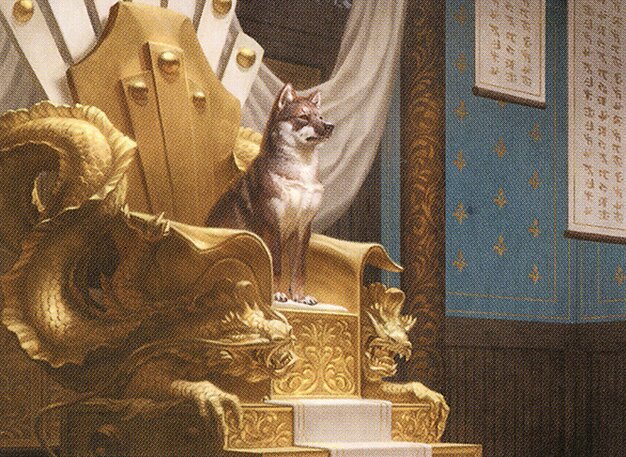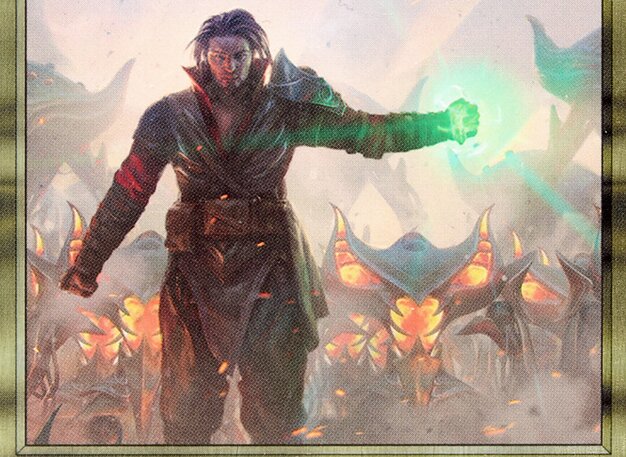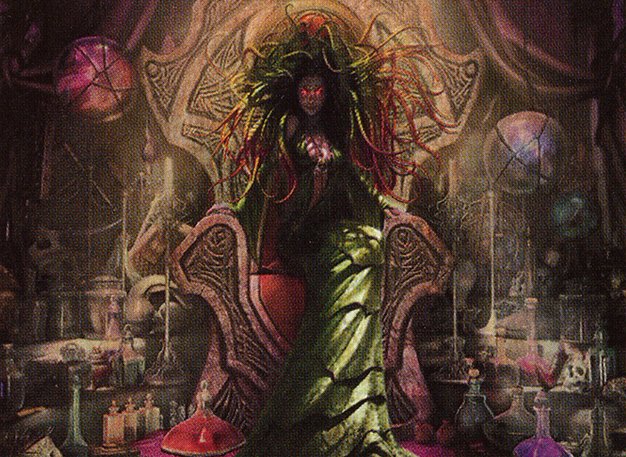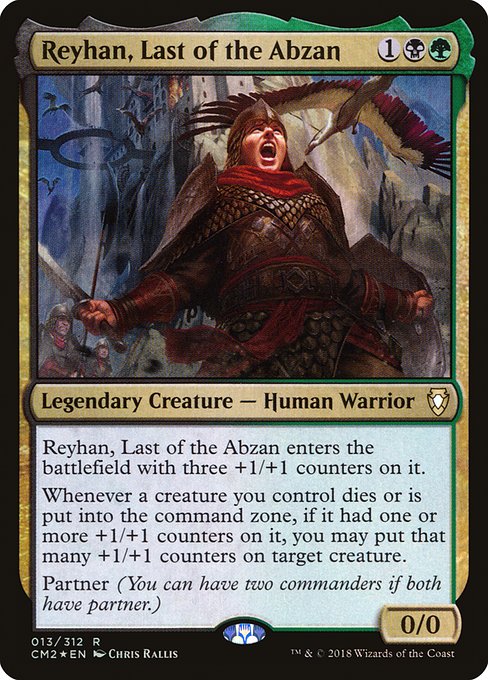Deck & Commander Strategies


Yoshimaru, Ever Faithful & Reyhan, Last of the Abzan
This deck focuses on legendary creatures, using +1/+1 counters to grow threats and leveraging death triggers to redistribute counters, enabling strong combat phases and incremental damage.

Phelddagrif
A politically oriented deck that supports allies with life gain and tokens, while utilizing defensive creatures and effects to prolong the game and capitalize on multiplayer interactions.

Mishra, Eminent One
An artifact-centric deck that generates 4/4 artifact creature tokens, copies artifact creatures repeatedly, and uses equipment to buff attackers, aiming to overwhelm opponents with a growing artifact army.

Damia, Sage of Stone
A control and ramp deck that leverages a large hand size for card advantage, using mana acceleration and disruption to maintain board presence and outvalue opponents in the late game.
Gameplay Insights
- 1
Mishra's player used Strionic Resonator to copy artifact creature creation triggers, resulting in multiple 4/4 artifact tokens each turn, significantly increasing board presence.
- 2
Yoshimaru/Reyhan leveraged the synergy between legendary creatures and +1/+1 counters, with Reyhan transferring counters upon creature death to maintain pressure.
- 3
Players utilized artifact recursion and copying effects to maintain tempo and board control, repeatedly reusing powerful artifacts and creatures to outpace opponents.
- 4
Strategic use of combat damage combined with removal spells allowed players to carefully balance aggression and defense, avoiding overextension while applying pressure.
- 5
The interplay of mill effects and discard spells introduced resource denial elements, forcing opponents to adapt their strategies and manage their hands carefully.
- 6
Political plays and life gain from Phelddagrif helped mitigate aggression and foster temporary alliances, showcasing the social dynamic typical in multiplayer Commander games.
Notable Cards
-

Strionic Resonator
Gameplay Summary
The Commander game featured a diverse set of decks with unique strategies and interactions.
Early on, players established their board states with various mana-producing lands and creatures that synergized with their commanders' abilities.
The Mishra deck leveraged artifact token creation and copying effects to build a formidable board presence, repeatedly generating 4/4 artifact creatures and utilizing equipment to enhance them.
Meanwhile, the Yoshimaru/Reyhan deck focused on placing +1/+1 counters on legendary creatures and benefiting from death triggers to grow threats or transfer counters strategically.
Damia's deck aimed to maintain a large hand size, gaining card advantage and mana ramp to control the late game.
Phelddagrif played a more political role, granting life and interacting through tokens, while also maintaining defensive options.
The game saw several key moments where artifact recursion and copies, as well as counter placement and removal, shifted the balance of power among players.
Notably, the Mishra player repeatedly copied artifact creatures and used removal triggers to keep their opponents' boards in check, while Yoshimaru/Reyhan capitalized on combat damage to pressure opponents incrementally.
The game progressed with players jockeying for position through spells that forced opponents to mill or discard, and combat phases where damage was carefully calculated to avoid lethal retaliation.
The win condition appeared to revolve around Mishra's artifact army overwhelming opponents or Yoshimaru/Reyhan's counters-based incremental growth and combat damage.
Overall, the game was a dynamic interplay of artifact synergy, counter manipulation, and timely removal spells that kept all players engaged until a decisive attack secured victory.

















![Reyhan & Yoshimaru vs Shorikai vs Isshin vs Hinata [EDH/Commander, MTG Gameplay 2022] thumbnail](https://i.ytimg.com/vi/97SdQNDkZSM/sddefault.jpg)










![Commander VS: Phelddagrif VS The Big Idea VS Rarity and Roon VS Estrid [EDH] thumbnail](https://i.ytimg.com/vi/IQgv2HY2Ov8/sddefault.jpg)
![Commander VS S6E9: Shirei vs Phelddagrif vs Dralnu vs Hixus [MTG] thumbnail](https://i.ytimg.com/vi/vfgLmNwT_J8/sddefault.jpg)
![Commander VS S1E6: ??? vs ??? vs ??? vs ??? [MTG Multiplayer] thumbnail](https://i.ytimg.com/vi/Zdk_0-b6KmE/sddefault.jpg)






![Brothers' War vs Dominaria United [Commander VS 315] | Magic: the Gathering Commander Gameplay thumbnail](https://i.ytimg.com/vi/_-hCwDSKn3I/sddefault.jpg)

![Unser Gast hat spicy gekocht! | Herumkommandiert #12 | EDH Commander Gameplay [Deutsch] thumbnail](https://i.ytimg.com/vi/ntFydhYELtI/sddefault.jpg)






![Commander VS S14E8: Varina vs Damia vs Mina and Denn vs Varchild [EDH] thumbnail](https://i.ytimg.com/vi/JdFaJi1vTn8/sddefault.jpg)





